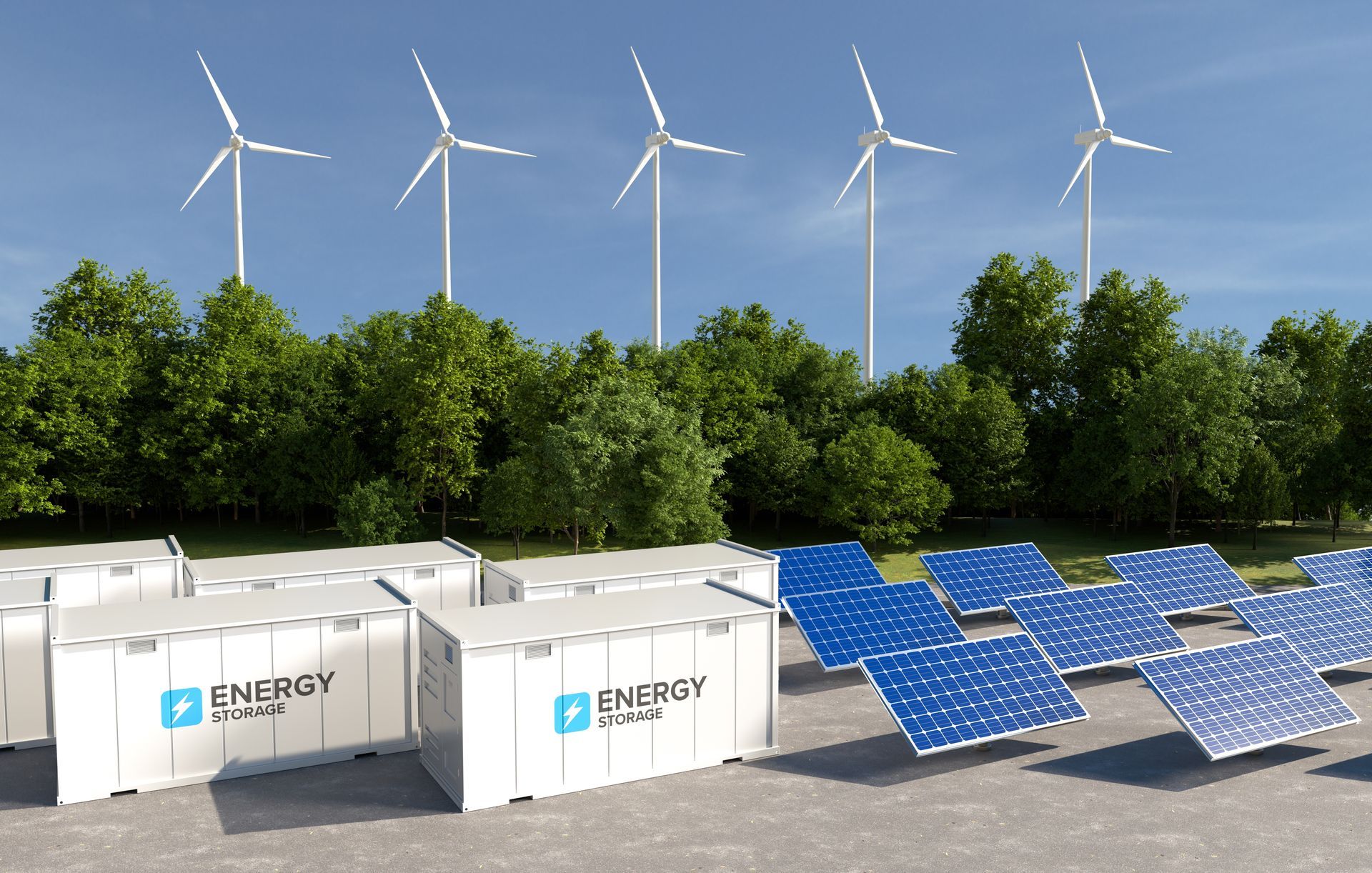Blog
Blog

February 21, 2025
Canada has witnessed a remarkable expansion in its renewable energy sector, with wind, solar, and energy storage capacity increasing by 46% over the past five years. As of the end of 2024, the country's total installed capacity has surpassed 24 gigawatts (GW), according to a recent report by the Canadian Renewable Energy Association (CanREA). This growth highlights the nation’s commitment to clean energy solutions, with substantial investments in utility-scale and on-site renewable projects. The progress underscores Canada's potential to harness its abundant wind and solar resources for a more sustainable energy future. Since CanREA’s establishment in 2020, the renewable energy industry has added nearly 7.6 GW of capacity. This includes over 4.7 GW of utility-scale wind, nearly 2 GW of large-scale solar, 600 megawatts (MW) of on-site solar, and 200 MW of energy storage. Such expansion demonstrates the increasing role of renewable sources in Canada’s energy mix. CanREA’s President and CEO, Vittoria Bellissimo, emphasized that while these impressive developments mark significant progress, Canada has only begun to tap into its vast renewable potential and must continue investing to ensure a reliable and sustainable energy grid. Looking ahead, Canada is expected to connect at least 10,000 MW of new wind, solar, and storage capacity by 2030, with an additional 5,000 MW projected for the years beyond. This pipeline of projects represents over $30 billion in investments, strengthening the nation’s position as a leader in renewable energy. Many provinces and territories have already accelerated their adoption of clean energy, reflecting a growing awareness of its economic and environmental benefits. However, CanREA urges even greater efforts to further reduce carbon emissions and transition towards a fully decarbonized grid. The effects of this growth are clearly reflected in the statistics. Over the past five years, Canada’s solar energy capacity has surged by 92%, while wind energy has grown by 35%. Energy storage, a critical component of grid stability, has seen an extraordinary 192% increase. The country now boasts 341 wind energy projects and 217 major solar installations, alongside nearly 96,000 on-site solar systems. These figures highlight the rapid transformation of Canada’s energy landscape and the increasing reliance on renewable sources to meet electricity demands. As Canada continues its shift towards clean energy, the advantages go beyond just environmental sustainability. Renewable energy investments create jobs, enhance energy security, and support economic growth. With a clear roadmap for future expansion, Canada is well-positioned to leverage its renewable resources, ensuring a greener and more resilient energy system for years to come. The momentum gained over the past five years serves as a strong foundation for even greater advancements in the decade ahead. Continued on Source.

January 9, 2025
Ontario, Canada’s most populous province, is advancing its energy strategy to address the surging demands of its 15 million residents. Known for its transition from an agricultural hub to an industrial and service-based economy, Ontario has consistently adapted to meet the needs of its growing population. A landmark shift occurred in 2014 when the province phased out coal-fired plants, significantly reducing greenhouse gas emissions and setting a benchmark for sustainability in Canada. Ontario now depends on a varied energy portfolio comprising nuclear, hydroelectric, renewable sources, natural gas, and biomass, reflecting its dedication to a sustainable and environmentally friendly future. The Ontario government has recently enhanced its innovative energy procurement initiative to address the rising demand for energy. Initially aiming to secure 5,000 MW of power, the target has now been increased to 7,500 MW to accommodate a forecasted 75% surge in electricity demand by 2050. This growth equates to powering an additional 4.5 cities the size of Toronto. Stephen Leece, Minister of Energy and Electrification, emphasized the province’s forward-thinking strategy, noting that the expanded procurement would generate enough electricity to power 1.6 million homes. Lecce also emphasized the government’s focus on maintaining affordability while opposing the carbon tax. The Ontario government is exploring additional procurements through the Independent Electricity System Operator (IESO) to sustain energy affordability and reliability. Alongside this, the province is investing in clean nuclear energy solutions and enhancing transmission infrastructure in key regions. Thes efforts are designed to stimulate local economic growth, generate employment opportunities, and strengthen the manufacturing sector. By integrating these measures into a cohesive energy plan, Ontario ensures that its energy landscape remains robust, efficient, and economically feasible for families and businesses alike. Affordability is a cornerstone of Ontario’s energy strategy. The expansion of energy efficiency programs aims to decrease energy usage and reduce expenses for consumers. Long-term contracts, spanning 20 years, will be awarded to projects that gain community support, ensuring local involvement and sustainability. The growing demand for energy stems from factors such as population growth, new manufacturing facilities, and the electrification of industries and vehicles. These developments underscore the province’s role as a leader in energy innovation and economic resilience. Jaipaul Massey-Singh, CEO of the Brampton Board of Trade, praised Ontario’s initiatives, emphasizing their importance in attracting businesses and fostering investment. Ontario’s comprehensive energy strategy not only addresses immediate demands but also lays the groundwork for a sustainable, prosperous future, securing its position as a premier destination for industry and innovation. Continued on Source.

